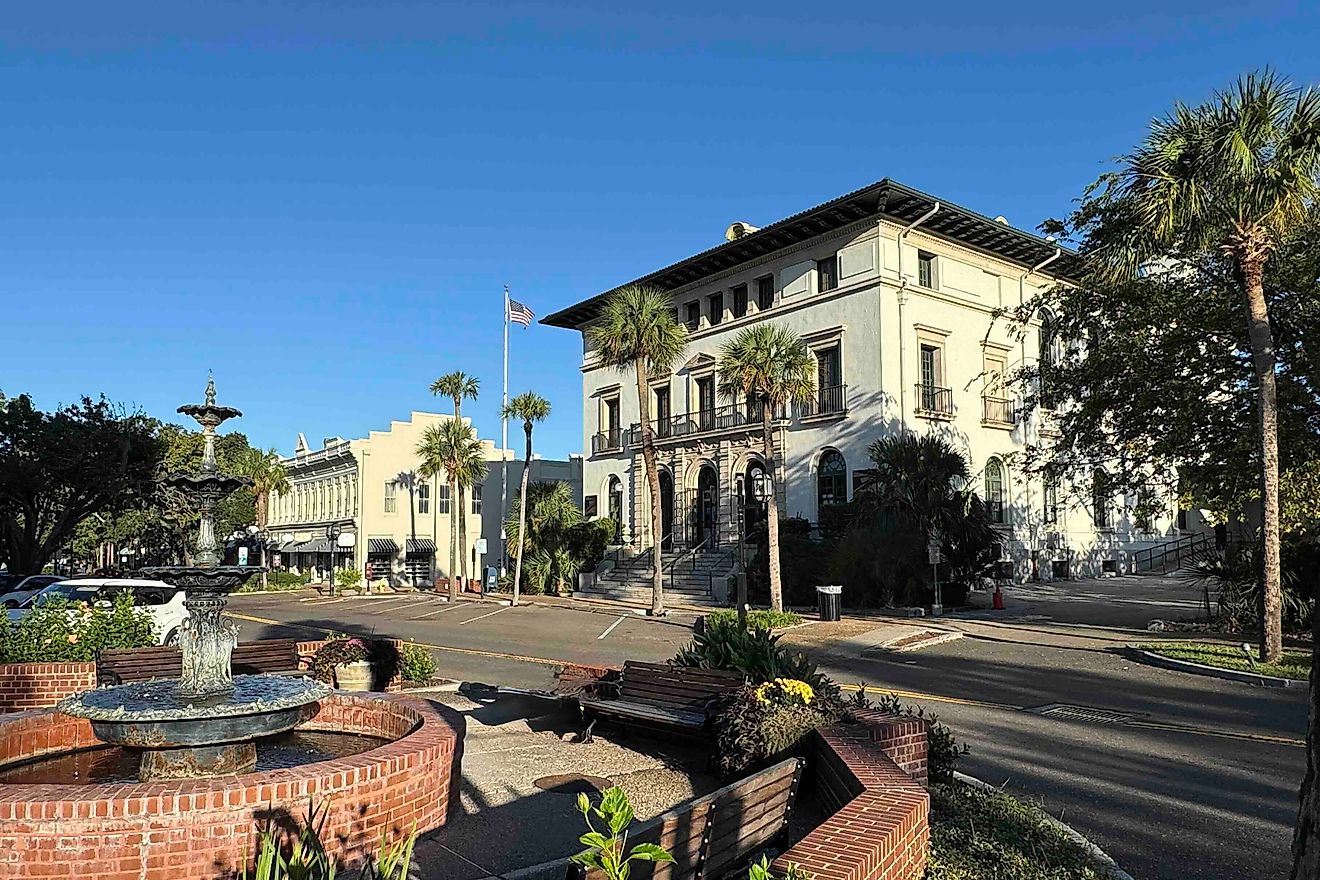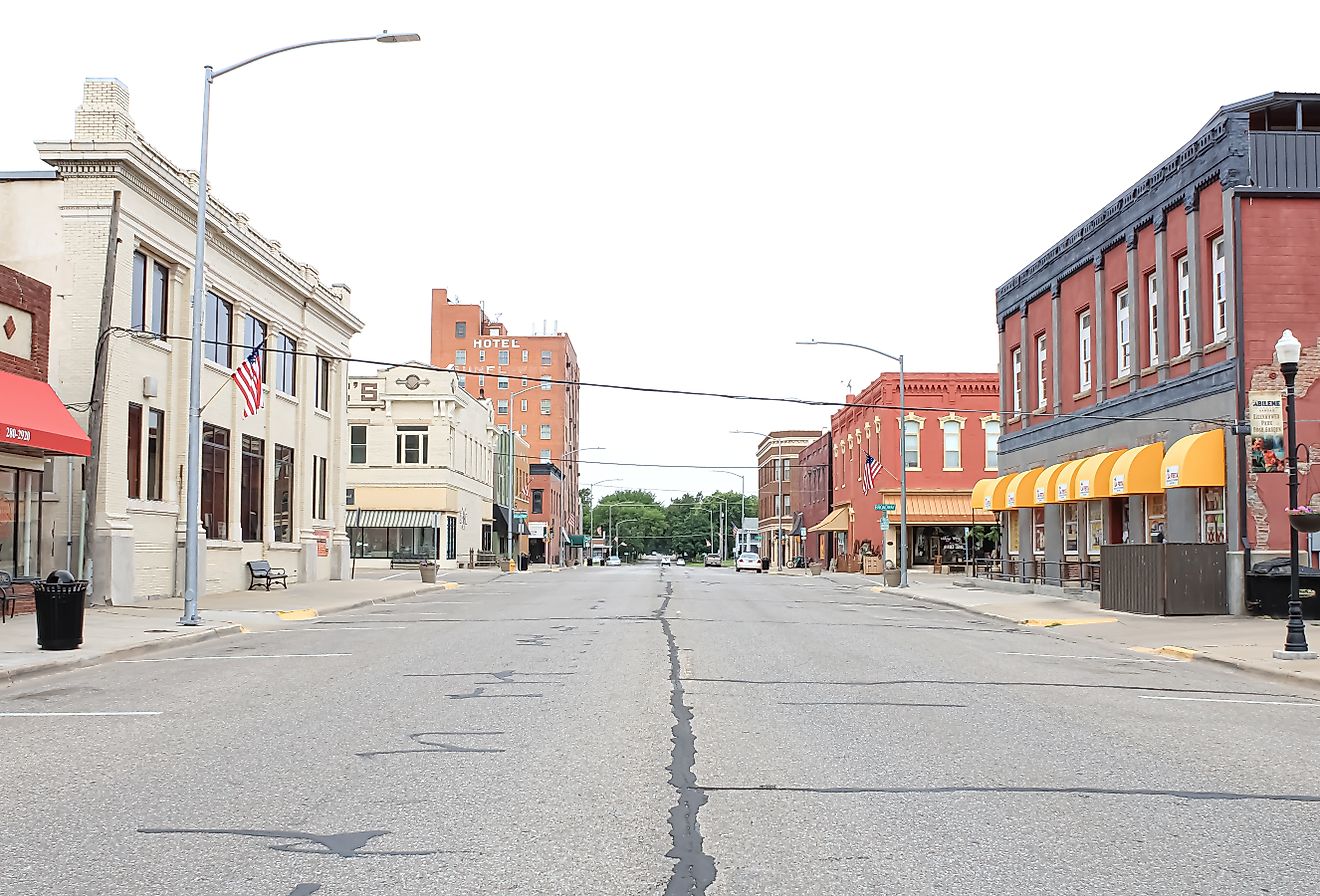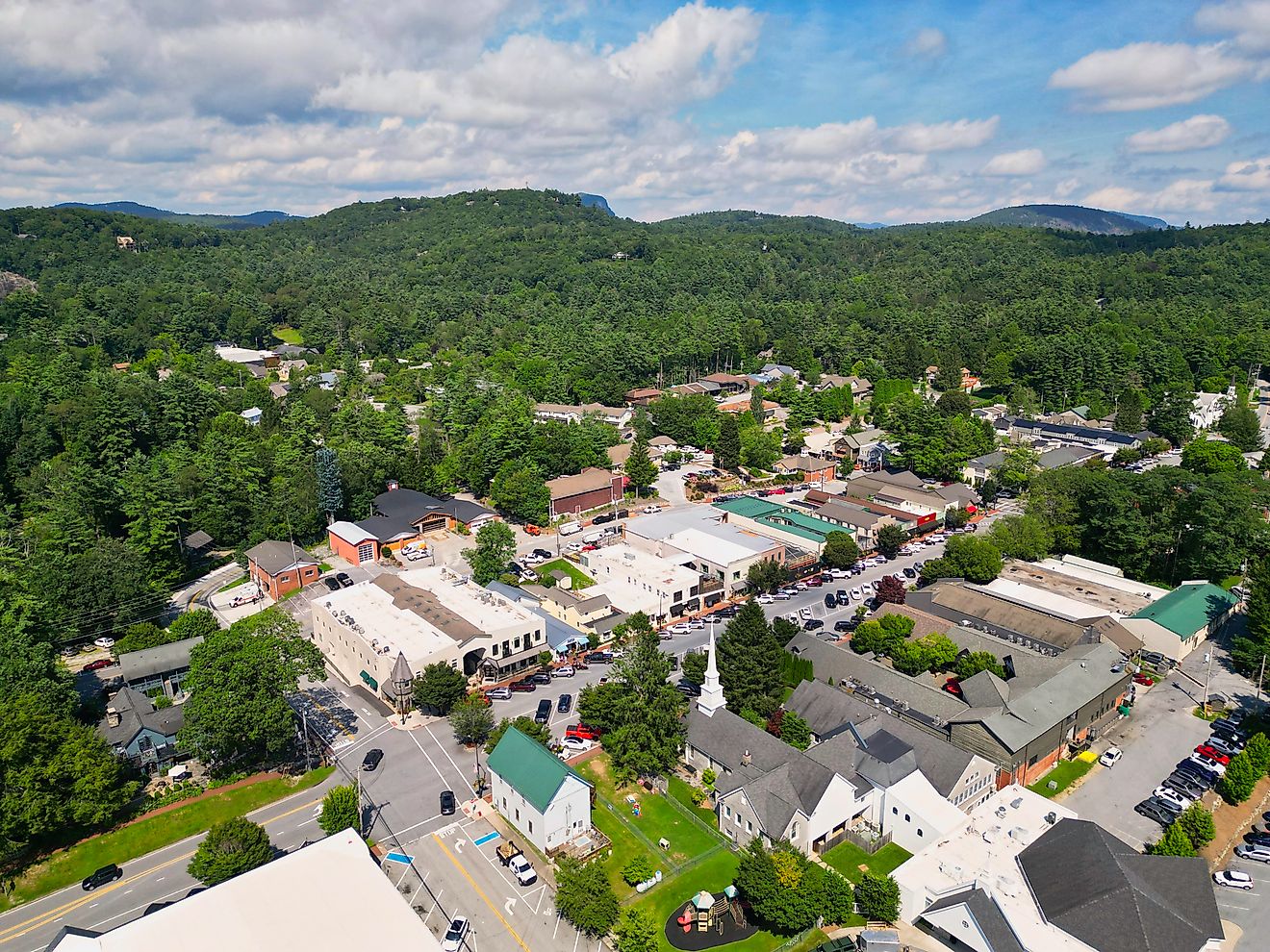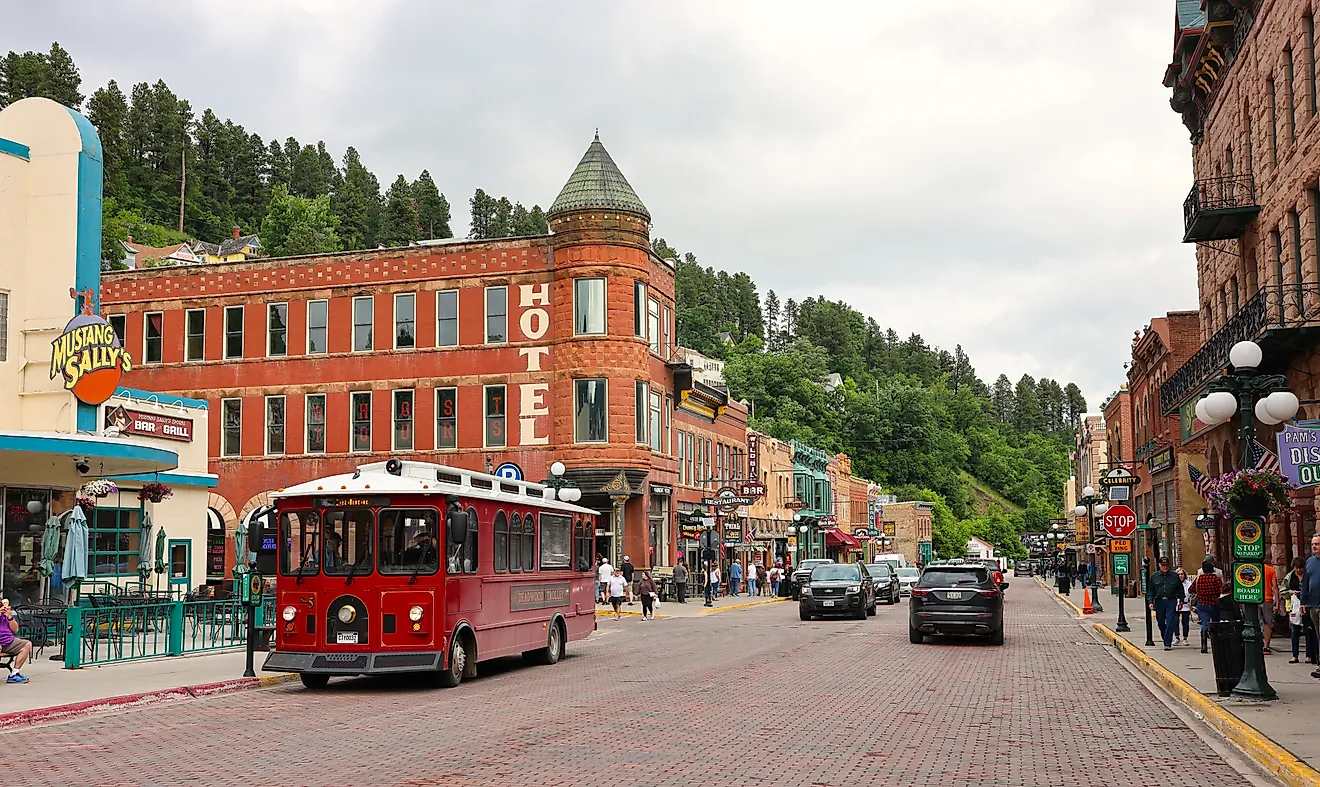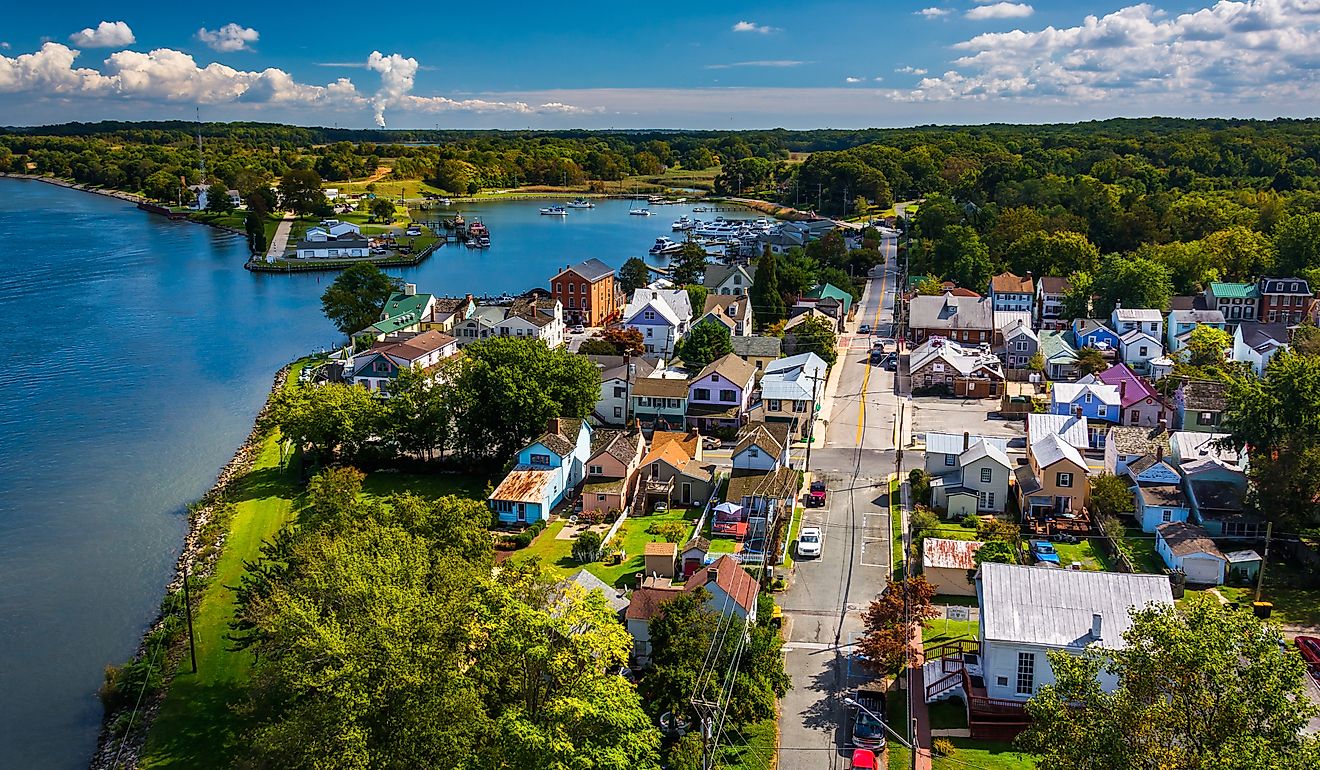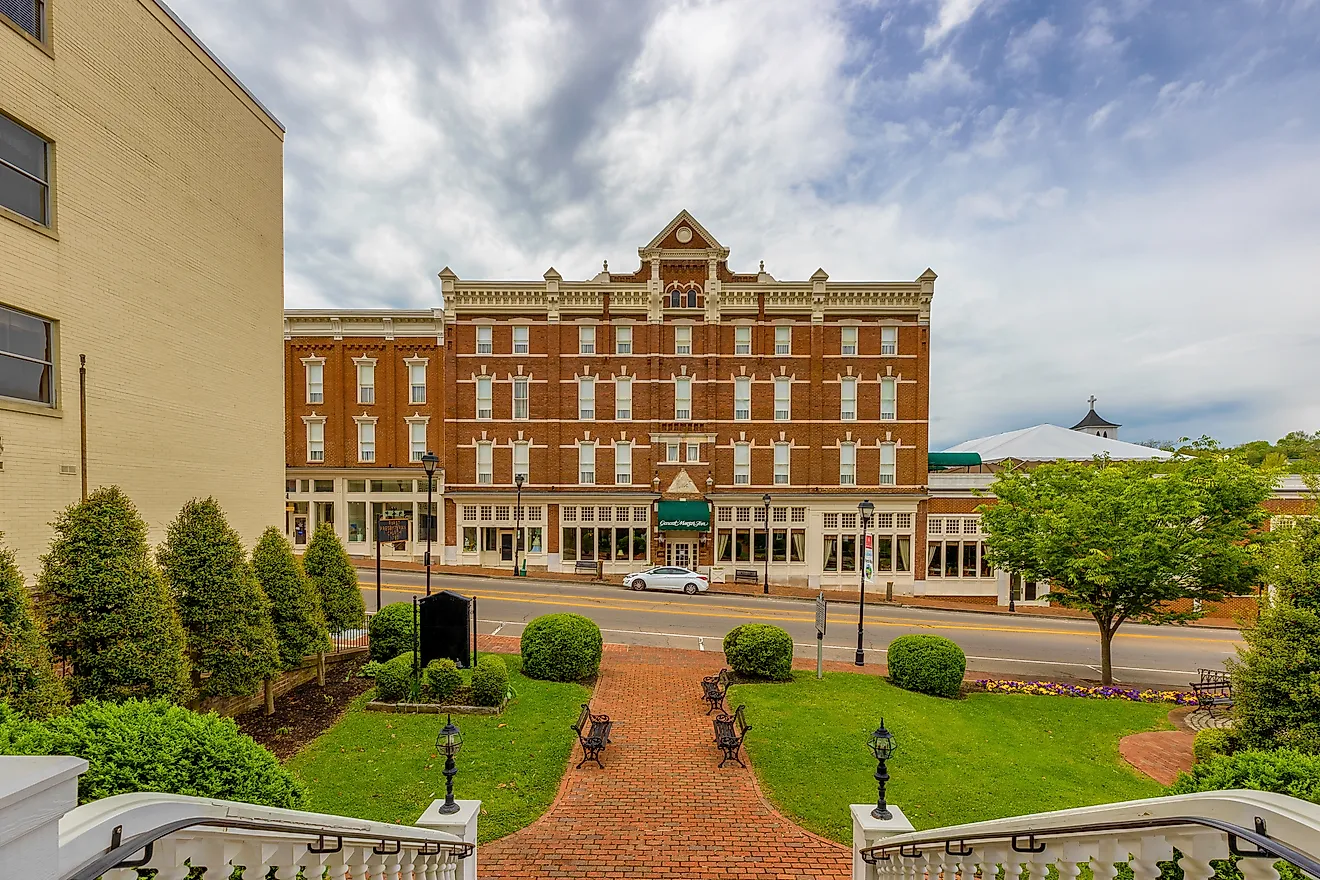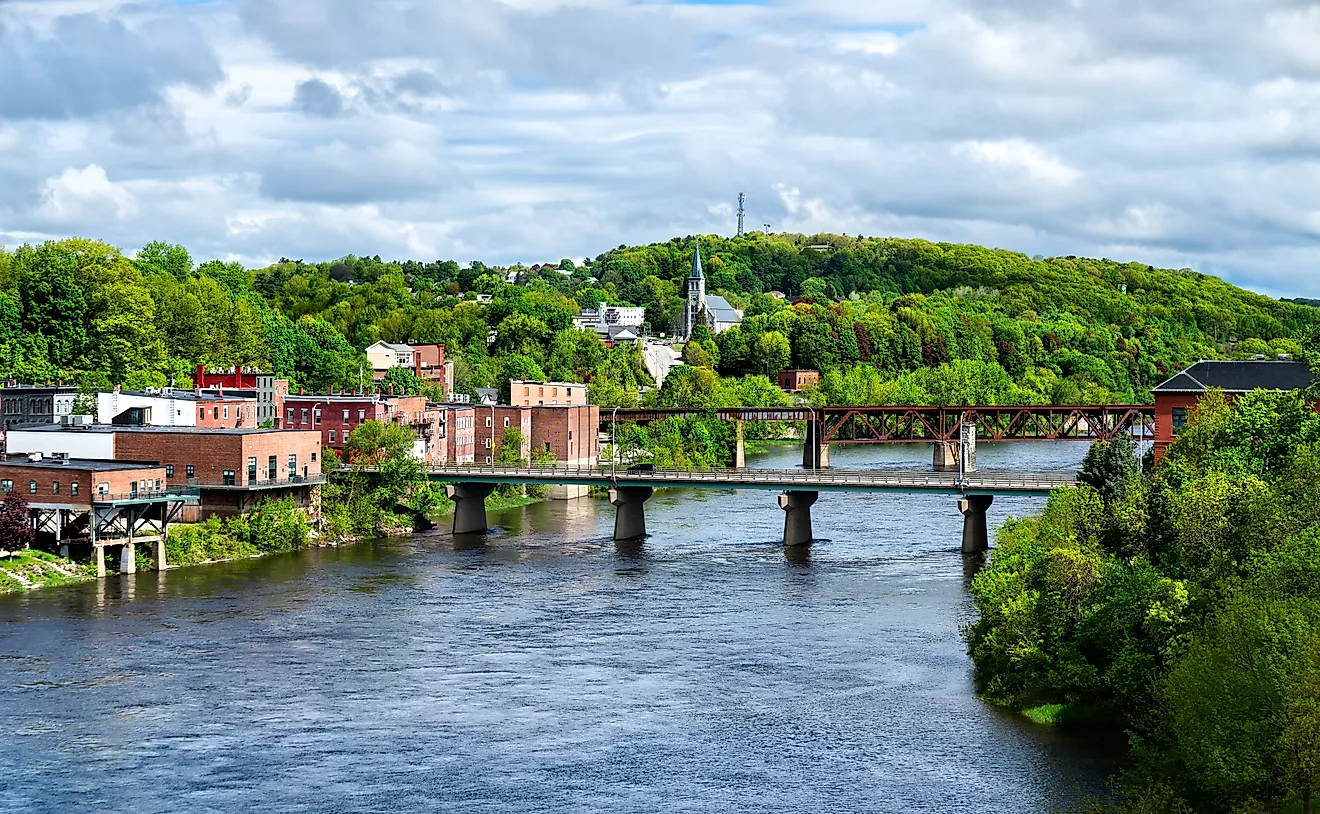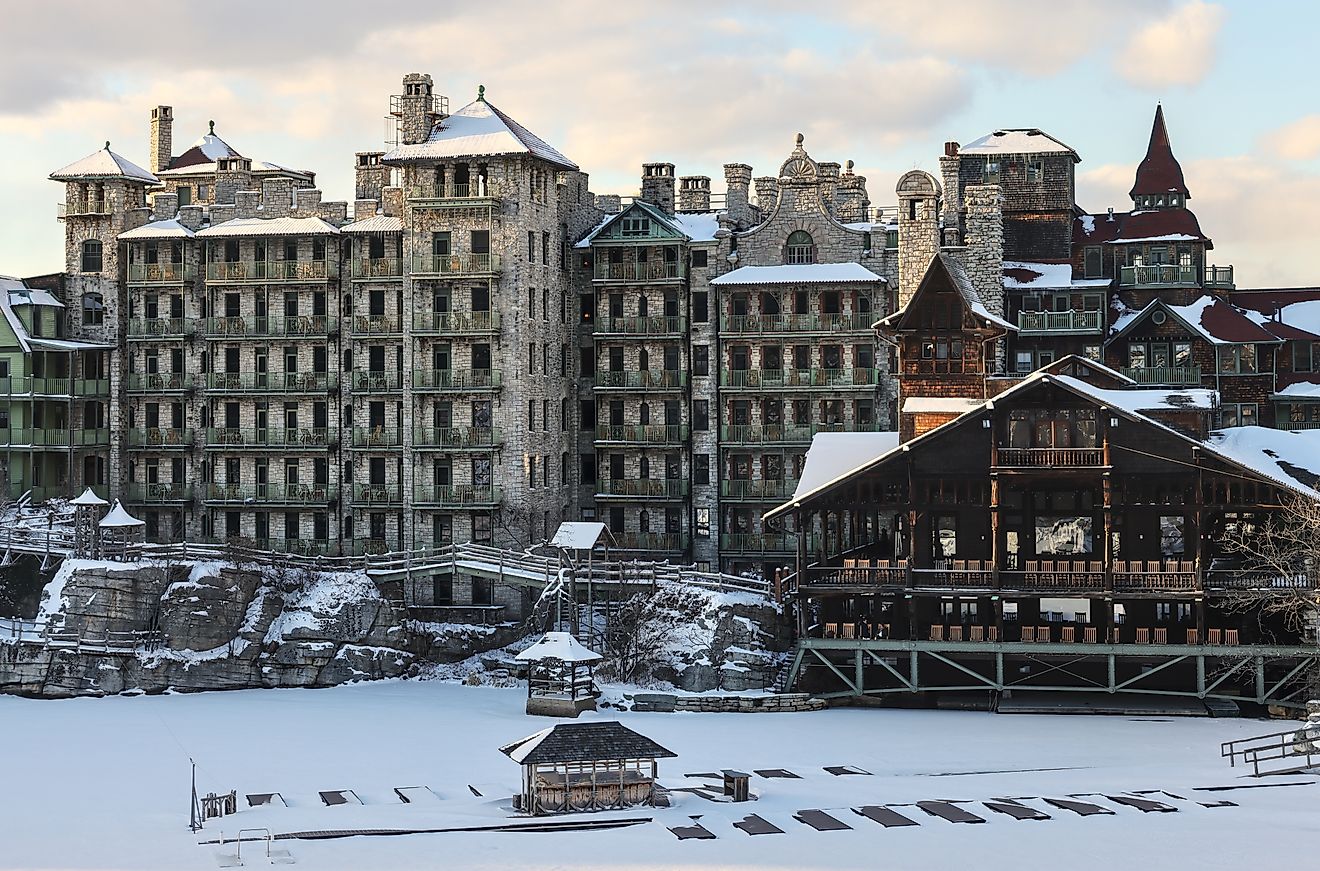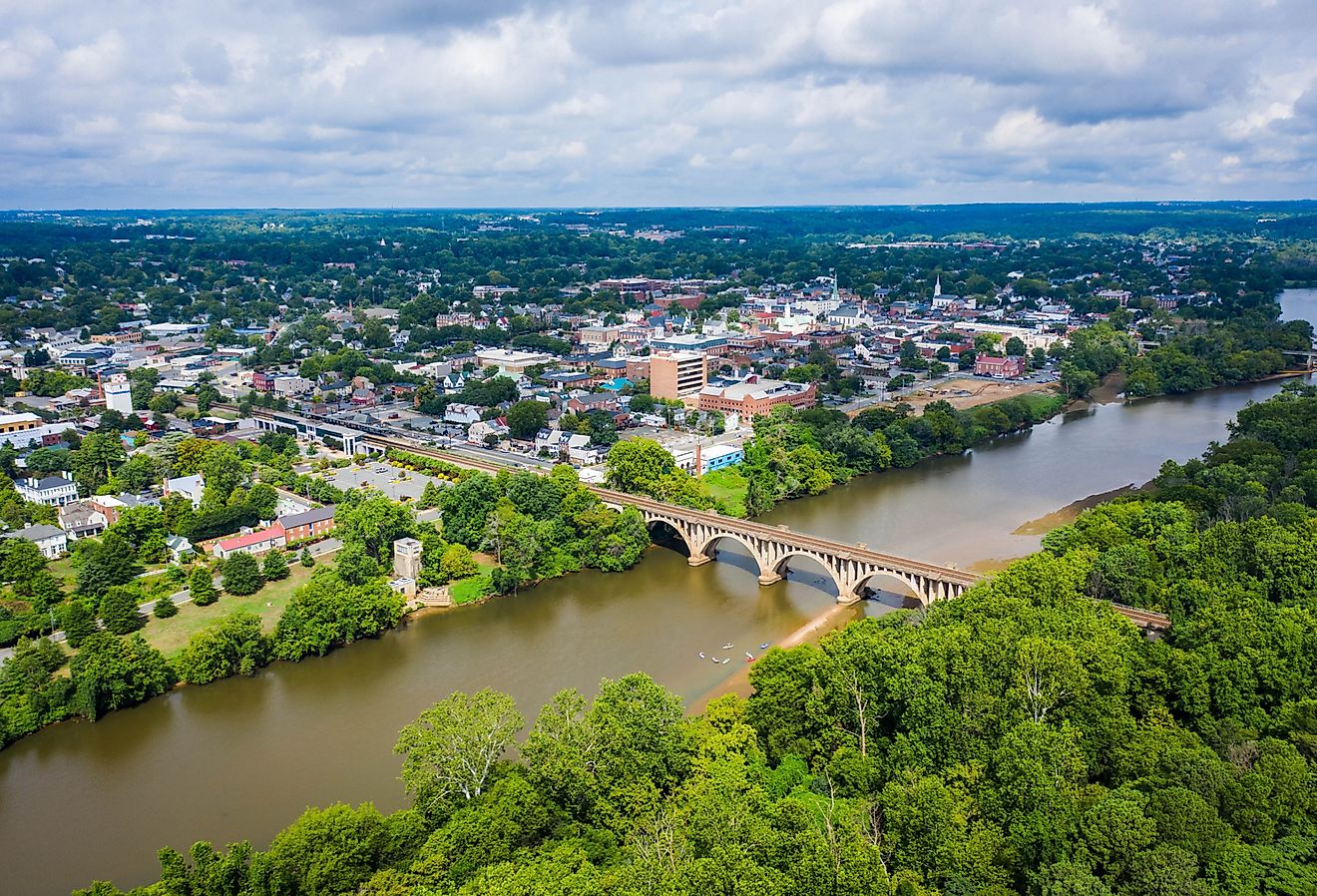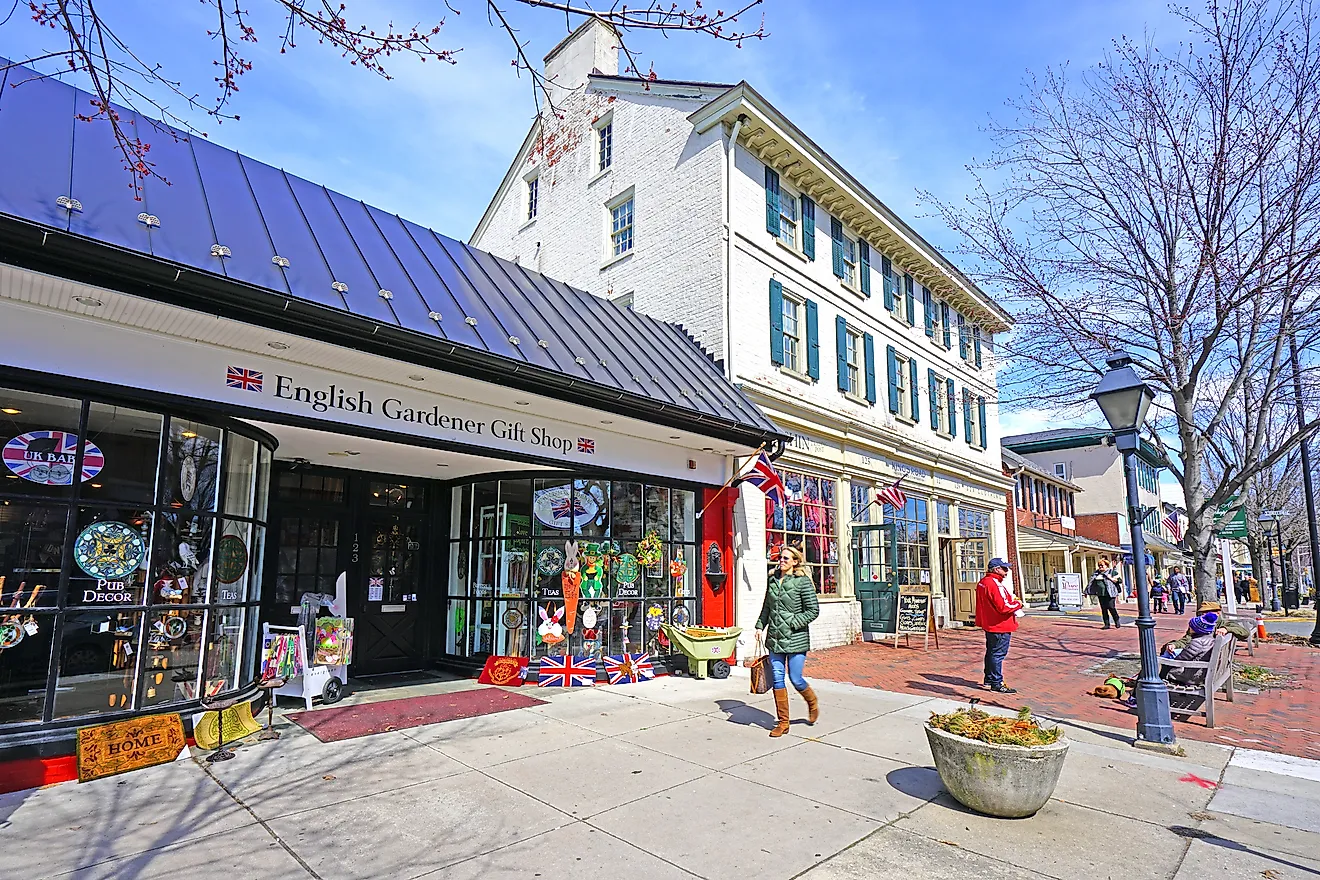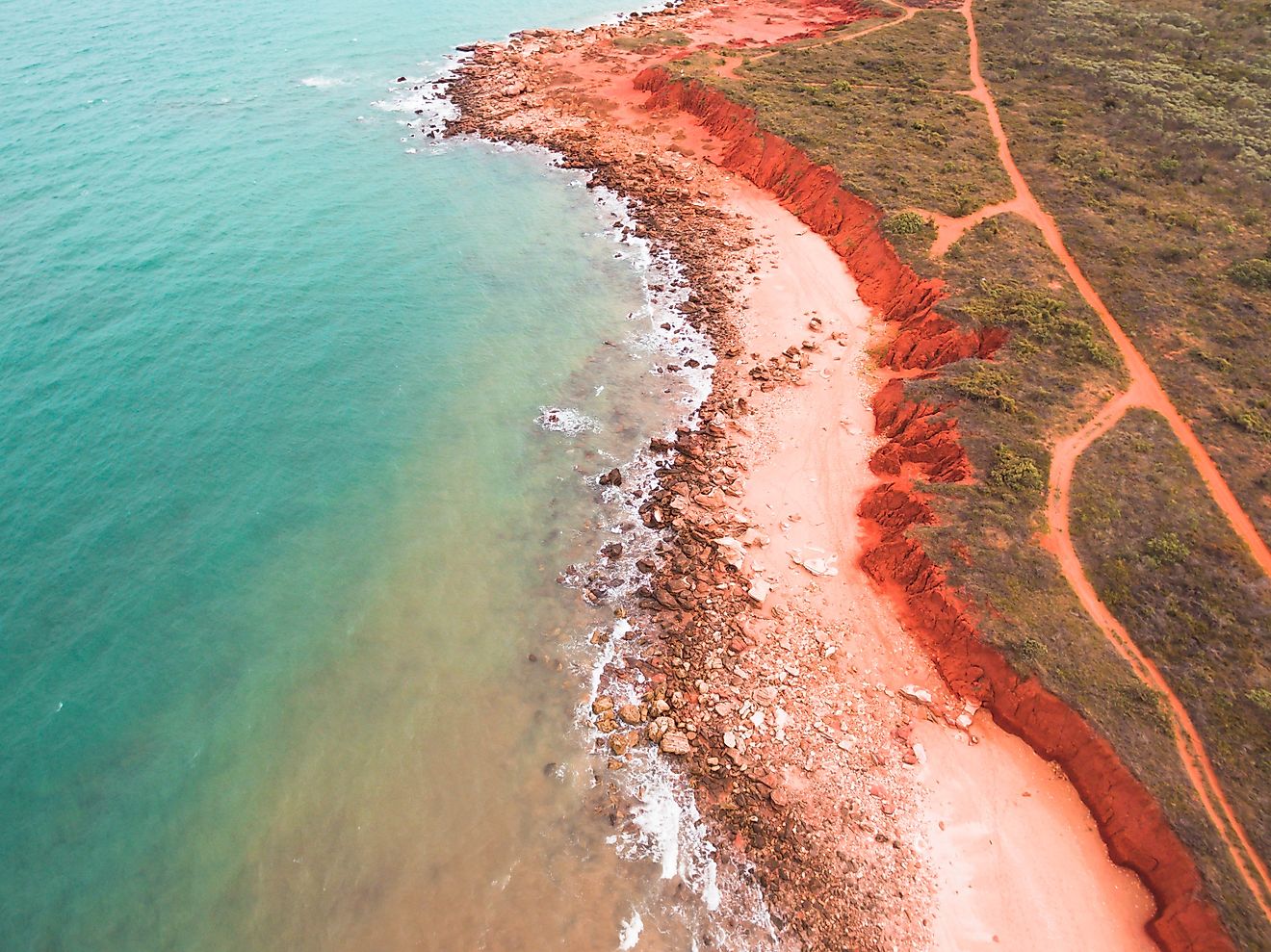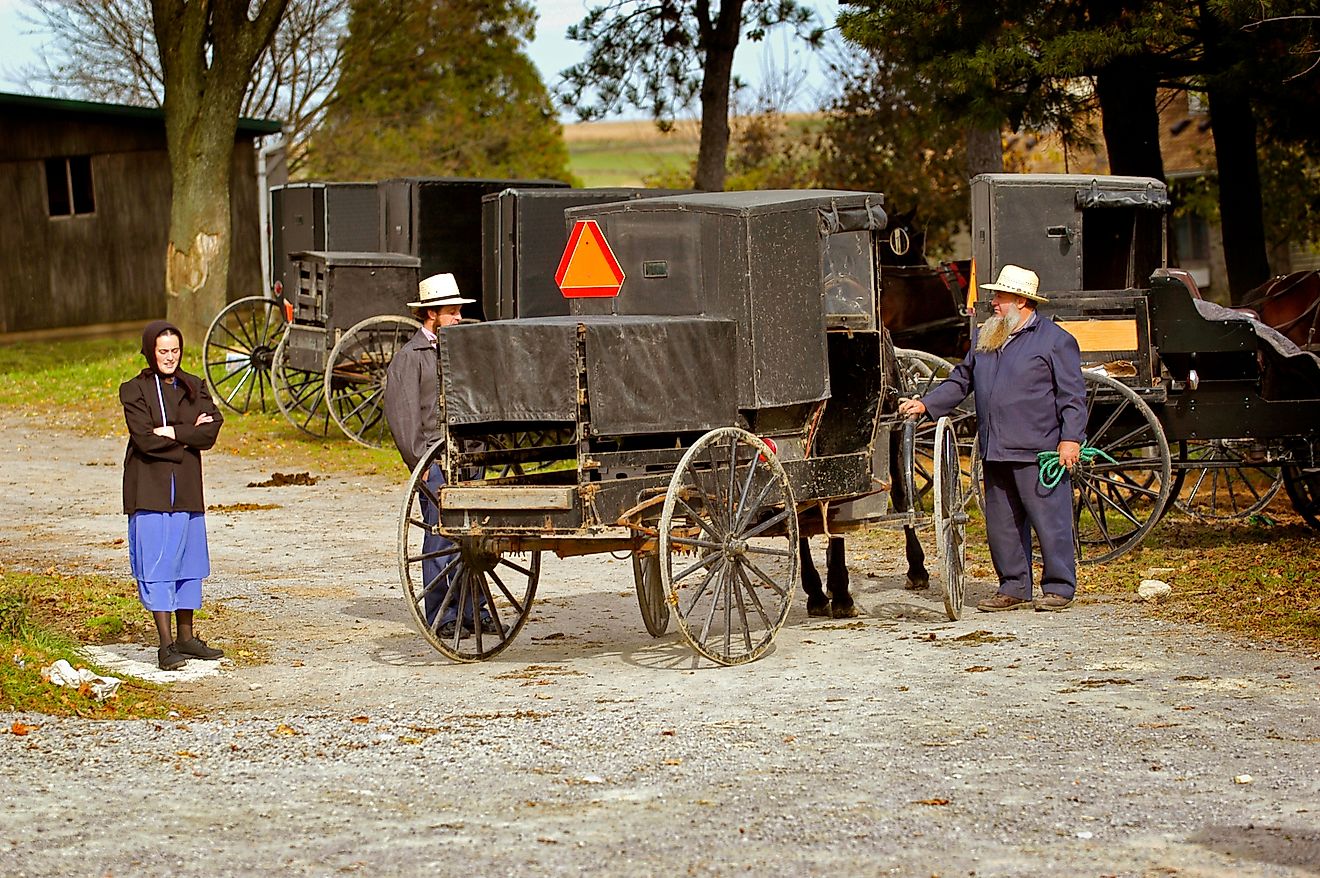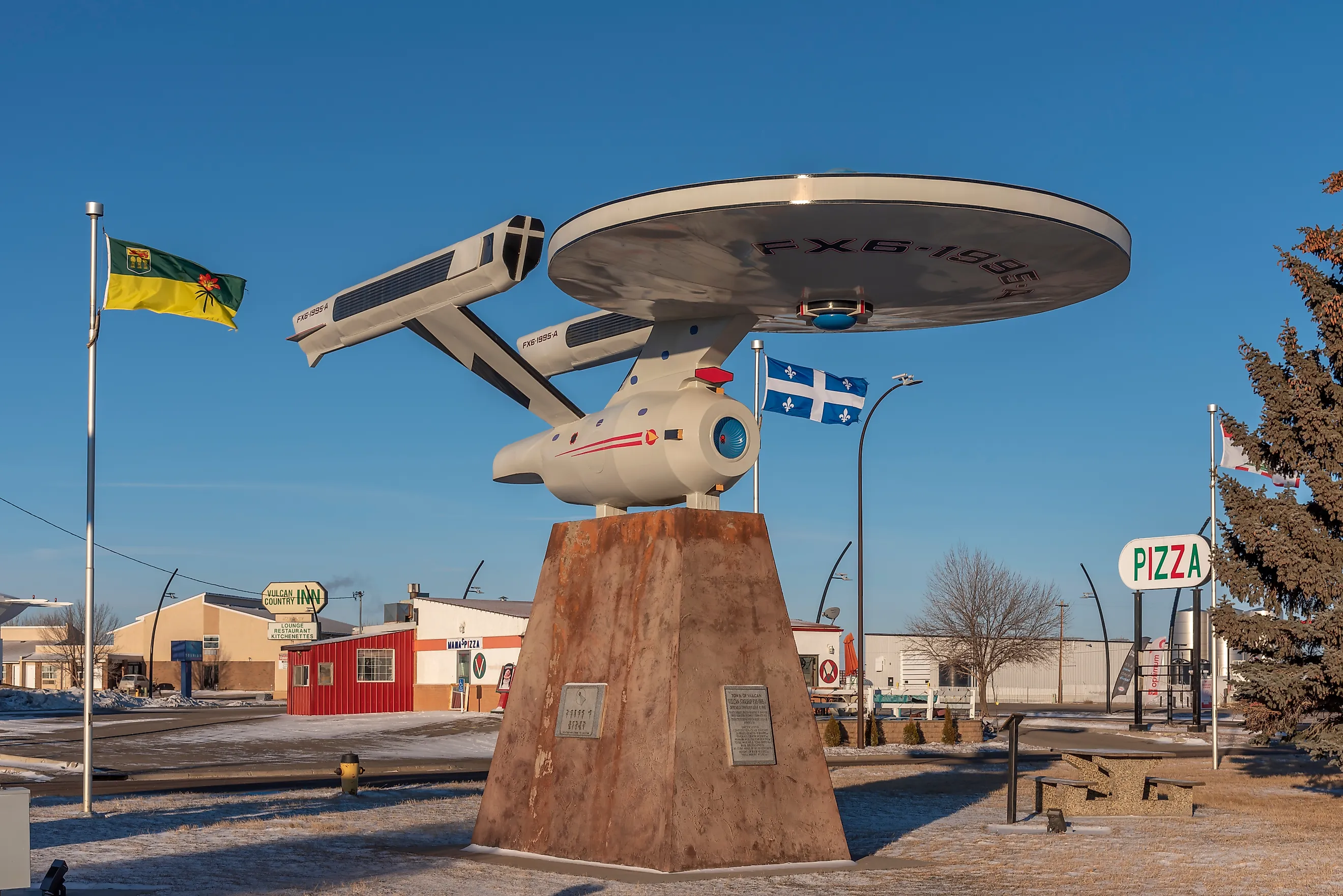
7 Bizarrely Named Towns In Alberta
One of the best parts of travelling is exploring new places with unique names and stories. Canada is a country with many unique places. From Ontario's "Punkeydoodle's Corners" to Newfoundland's "Happy Adventure," Canada has many towns with eccentric names. Alberta is no exception to this. The province is home to some places with names that sound downright bizarre. Take Vulcan, for example, a town whose name by fluke is the same as a Star Trek planet, or Rosebud, a rural village named after the abundance of roses in the area. These are only two of Alberta's bizarrely named towns. Here we explore seven and look to understand the stories behind the name.
Vulcan
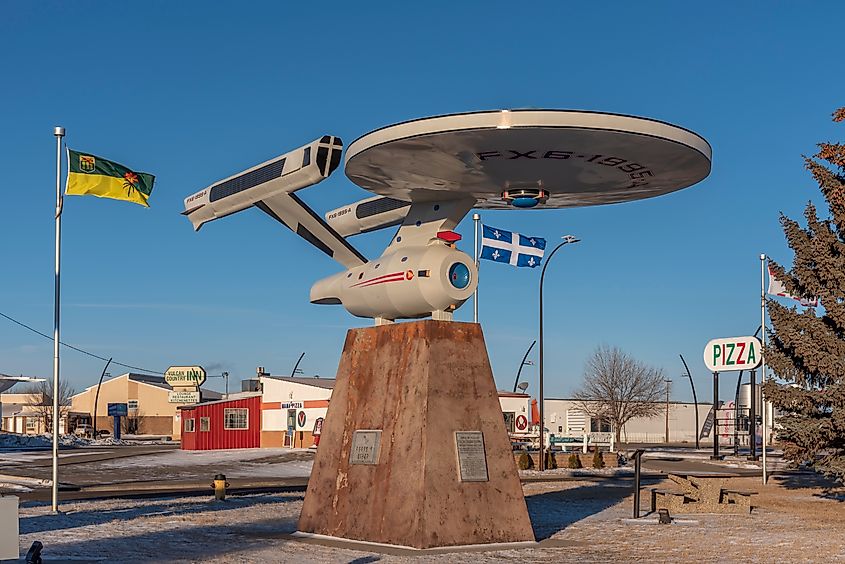
Any Trekkie will instantly recognize the name "Vulcan." This planet in the Star Trek Universe is known for its thin atmosphere and is also where the Vulcans live. However, this is also the name of a quirky rural town in Alberta. Located between Calgary and Lethbridge, Vulcan was not originally named to be a town inspired by Star Trek. The town's name was a fluke that transformed the city into a modern-day Star Trek paradise. The town has embraced its namesake with Star Trek-themed festivals and statues. The town's visitors center was built to resemble a landed spaceship and has Star Trek memorabilia. There is an interactive costume display and even a gift shop inside. In June, the town hosts a festival known as Spock Days, honoring the beloved Star Trek character with a parade, ball tournaments, and fireworks. Overall, this is a town Trekkies will want to be beamed into.
Taber

Taber is an unusual and uncommon town name, and this rural Alberta town had humble beginnings. Taber originally started as a water tank where the railway would fill up on water. The area was first known as "Tank No. 77." In 1903, Mormons from the U.S started a small Hamlet near the water tank. A few years later, a Post Office was built and the town was named "Tabor" by the CPR. This is believed to be about Mount Tabor in the Holy Land. However, the word was misspelled, and many station heads printed out "Taber," so the name was changed to match this. The town has grown to include thousands of residents and is famous for corn, sunny days, and friendly people. The corn in the area is so well known that growers have certificates of authenticity to show when they sell their corn that it is Taber corn. Every year on the last weekend of August, Taber has a Cornfest to celebrate the year's harvest.
Dead Man’s Flats

Located southeast of Canmore is a small hamlet home to under 500 residents, known as Dead Man's Flat. The story behind the town's name might be just as gruesome as it sounds. Some people believe the city was named after the Gruesome murder in 1904, where Francois Marret killed his brother Jean, dumping his body into the Bow River. Others think the town's name was inspired by indigenous trappers who pretended to be dead to avoid detection from the warden. The mystery behind the town's name is part of the area's appeal. Another reason for the area's appeal is the town's proximity to Banff and Canmore. Two significant areas in Alberta are essential for exploring the Canadian Rockies. Dead Man's Flats is also home to one of the windiest trails in the Canadian Rockies, Wind Ridge Trail.
Carstairs

Carstairs is not the first town with that name. The town is named after Carstairs in Scotland. The area where Carstairs originates is part of the trails known as the Ancient Trails. As settlers came and the fur trade boomed in the region, the settlers adapted these trails. Carstairs started to develop as a town with the introduction of the Calgary & Edmonton Railway in 1890. Today, the town is known as an agricultural town, with festivities celebrating this throughout the year. Some popular festivities include CARA Rodeo in July, Beef & Barley Days, the High School Rodeo in September, 4-H Calf Show and Sale, Bull-A-Rama, Horticultural Show, and Pumpkin Festival.
Duchess

While Duchess is a well-known rank of nobility, it is also the name of a village in Alberta.The village was named after Princess Louise, Duchess of Argyll, the fourth daughter of Queen Victoria, who served as Canada’s vice-regal consort from 1878 to 1883. Today, the area known in Alberta as Duchess reflects this era of history. Today, the village is a hidden gem just north of Brooks and the Trans-Canada Highway. It is primarily a ranching community with scenic outdoor spots and a luxurious Golf course. The village also has the Duchess Restaurant and the Prairie Cottage Bake Shop.
Mundare

Like other prairie communities in the area, Mundare's history began with the introduction of the railway. The town was named after William Mundare, the first railway station agent in the area. Mundare became a unique and popular spot for Ukrainian settlers. Today, Mundare is known for being the home of the Stawnichy Meat Processing Company. The popular Mundare Sausage, also known as kielbasa, is shipped across and outside the province. The town even has a giant 42-foot sausage to honor this part of the town's culture.
Rosebud
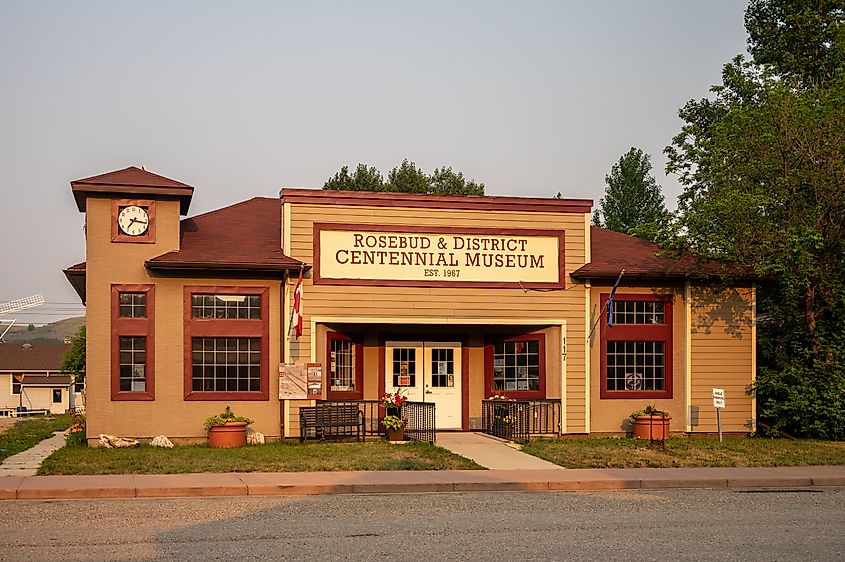
Just as the name might suggest, Rosebud, Alberta, got its name from the abundance of rosebuds growing in the area. The name comes from the Cree word "Akokiniskway," meaning "the river of many roses." Today, the town is known for enjoying many unique activities, including the Rosebud Theater. This spot is unique since it is Alberta’s only rural professional theatre. The city also has an art gallery in an old church building, showcasing local and regional art, called the Akokiniskway Art Gallery. The Rosebud & District Centennial Museum is another spot in town to learn more about the town's history and see more local art.
Learning about these seven bizarrely named Alberta towns might inspire questions about how Alberta got its name. Before Alberta was called Alberta, it was a land occupied by indigenous groups such as the Blackfoot, Cree, and Dene. Originally, Alberta was part of the North-West Territories, including modern-day Manitoba and Saskatchewan. However, in 1905, after the arrival of settlers and the events of the Fur Trade, Alberta and Saskatchewan were separated from the Northwest Territories. Alberta was the name chosen by the government because of the name's connection to Princess Louise. There was some controversy over the desired name. Some people wanted the province to be named after a prominent indigenous leader, such as Crowfoot, the chief of the Siksika Nation.
Ultimately, getting to know more about both the bizarrely named towns in Alberta and the origins of the province's name shows the importance of names. Names of places are words on a map that become universally recognized for travelers, but they are also more than that. These names, however bizarre, often pay homage to an area's history and tell a story about the area. Sometimes, this story is even created out of coincidence, such as in the case of the Star Trek town of Vulcan. Other times, the story around the name is shrouded in unresolved mystery, such as in the case of Dead Man's Flats. These stories contribute to the culture of a place and make travel fun opportunities to learn stories from the world around us.
